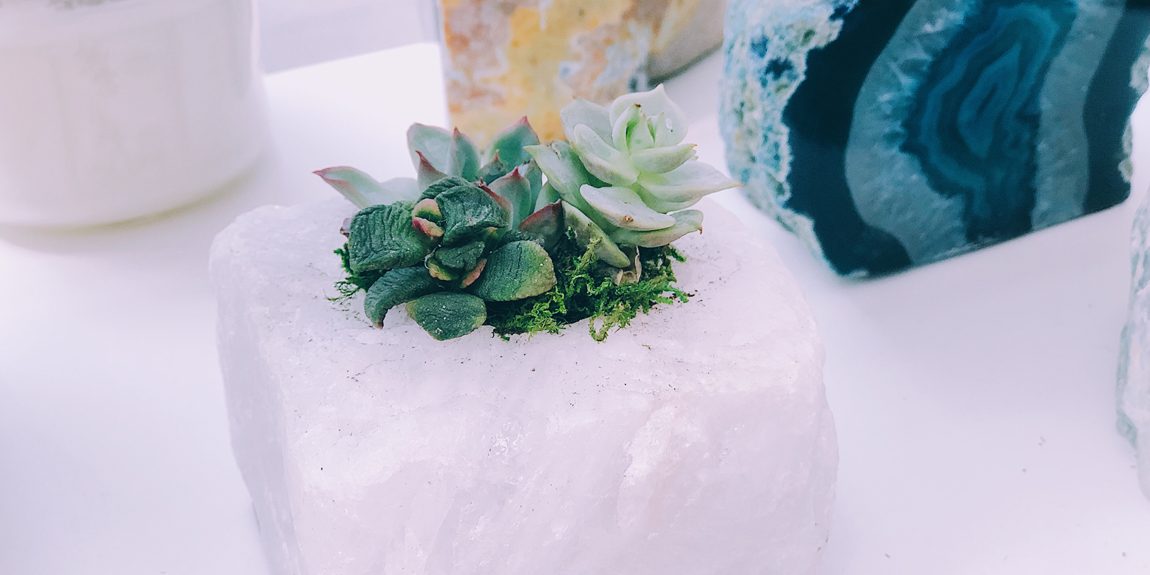Succulents are low-maintenance plants, but they still require some care. One issue with succulents is leaves falling off. What causes this, and what can you do to solve the problem?
What Causes Succulent Leaf Loss?
The good news is succulents are much easier to nurse back to health when compared to most other houseplants. The key is properly diagnosing the root cause of the problem, so you’ll know how to treat it.
There are actually a few reasons why succulents drop leaves. The most common causes are lack of light, incorrect watering patterns and surrounding temperature. All of these issues can be diagnosed by seeing what the leaves look like just before the drop.
Let’s go into detail about these common issues!
1. Lack Of Light
Light deprivation has numerous impacts on the succulent’s overall health. Succulents that are grown under low light conditions for extensive periods of time will either grow sideways or stretch out. Either way, these are efforts to search for light, which will eventually lead to shedding leaves.
Always allow the succulents to slowly acclimate to an area where they either get more or less sunlight. Try to give your succulent about an hour of exposure first, and once the plant has properly adjusted, it will stop dropping leaves. A grow light can be utilized to supplement the succulent’s light requirements.
2. Overfertilized
This can cause your succulent to start shedding leaves. Overfertilization can also lead to decreased growth, burning of the root system and weakening the plant overall.
Remove any white crust you may see laying atop the soil carefully. The white crust is actually excess salt caused by fertilizer. Try watering your succulent to remove any excess fertilizer that may be in the soil. Do this once or twice, allowing the water to drain completely. Make sure to only feed the succulent once per month while they are actively growing.
3. Surrounding Temperature
Extreme weather conditions have been shown to cause succulent leaves to fall. This is a common response to higher surrounding temperatures.
Before this becomes an issue, provide your plant with protection like a shade cloth. Bring your succulent inside if you anticipate any freezing temperatures.
4. Overwatering
Watering is key to a thriving succulent, but it’s crucial to know how to properly water the plant. Refrain from overwatering your succulent. Give the plant a good soak of water once or twice per week when their soil feels completely dry to the touch.
Make sure to use a well-draining potting mix for your plant in order to prevent them from sitting in wet conditions for too long. This will lower the risk of any root rot problems arising. Repot the plant with a different soil mix, if needed.

If you’re ready to choose and have a pomegranate tree planted at your Mesa home contact the knowledgeable and helpful folks at your local A&P Nursery.






